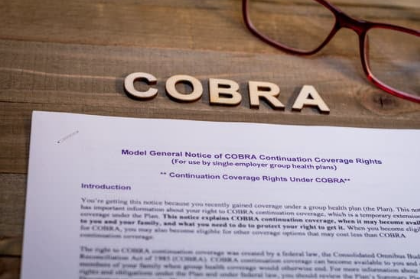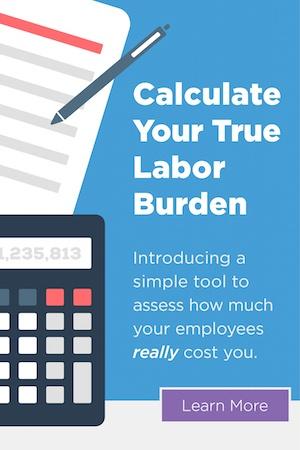As an employer, it’s important to understand the Consolidated Omnibus Budget Reconciliation Act, commonly known as COBRA. COBRA is a federal law that allows some employees and their dependents to keep their health coverage after experiencing a qualifying event. Understanding COBRA requirements helps employers stay compliant and ensures employees maintain coverage during times of transition.
COBRA Coverage
COBRA covers group health plans sponsored by businesses with 20 or more employees in the private and public sectors. Below are some of the qualifying life events that help employees and their dependents maintain coverage through COBRA:
- Loss of employment for any reason other than gross misconduct
- Having their work hours reduced
- Divorce from the covered employee
- The death of the covered employee
- Losing dependent status at the age of 26
COBRA allows employees to keep the same health coverage while they search for new employment or a new insurance provider. If the employee chooses COBRA coverage, their dependents can also have continued coverage, even if the employee doesn’t enroll.
Staying Compliant with COBRA
Below are a few important steps to help employers remain compliant with COBRA and avoid potential fines:
- Employers must inform employees when they become eligible for COBRA by sending a notice within 14 days of a qualifying event. The notice should explain their right to continue health coverage, how long they can keep the coverage, their cost for COBRA coverage, and how to enroll.
- If the employee chooses COBRA coverage, employers must offer them the same health benefits they had during their employment.
- Employers can charge employees up to 102% of the premium cost for COBRA coverage, which would include the full premium, plus an additional 2% to cover administrative fees.
- Employers should keep records of all COBRA-related notices, elections, and payments.
- Companies that file Form 5500 must report COBRA enrollment and compliance details to the Department of Labor.
Length of COBRA Coverage
COBRA only provides temporary coverage during a transition period that depends on the qualifying event. That being said, employers must notify employees when the end of their COBRA coverage is approaching. Doing so would give them time to find other insurance options.
- 18 months for employees who lose their jobs or have their hours reduced.
- 29 months if the person is determined disabled within the first 60 days of COBRA coverage.
- 36 months for dependents who lose coverage due to the employee’s death or divorce.
In Conclusion
By notifying employees, offering coverage, and managing premiums, you can help employees keep their health benefits after experiencing life changes. UniqueHR has been helping clients for over 30 years with all tasks related to HR, including benefits management and COBRA compliance. If you’d like a free consultation to learn how we can help, please reach us at 800.824.8367. You don’t have to navigate this alone.


